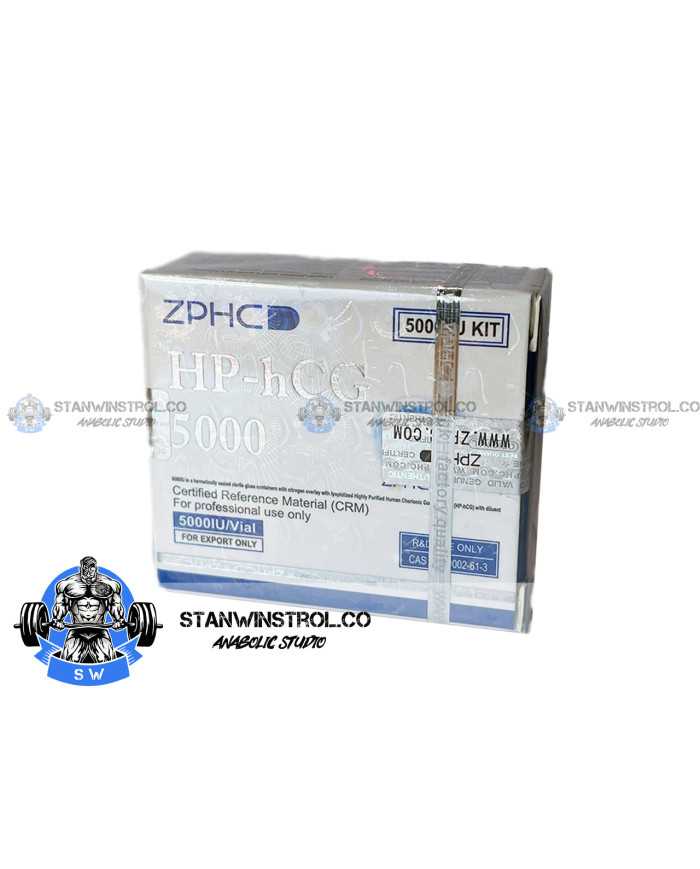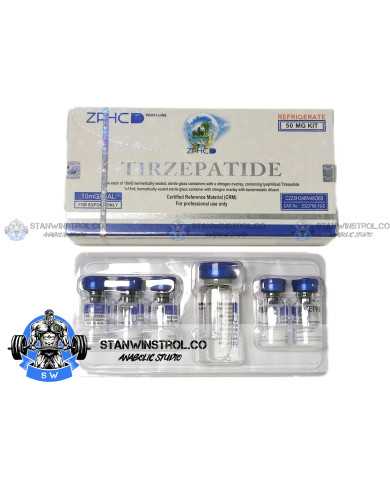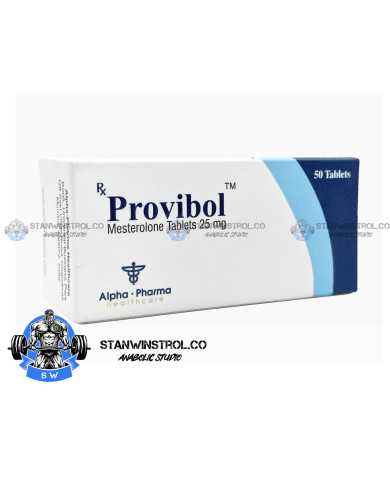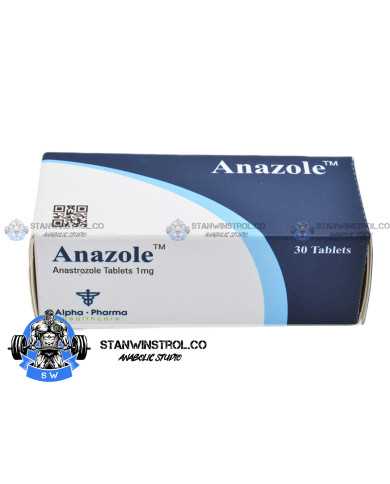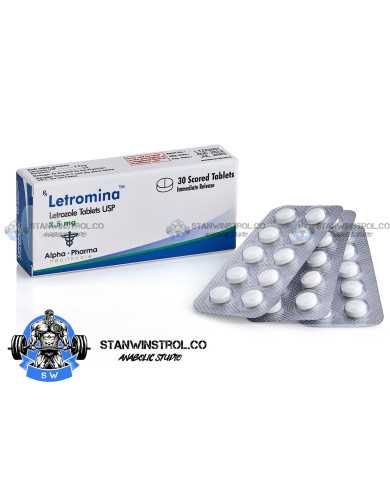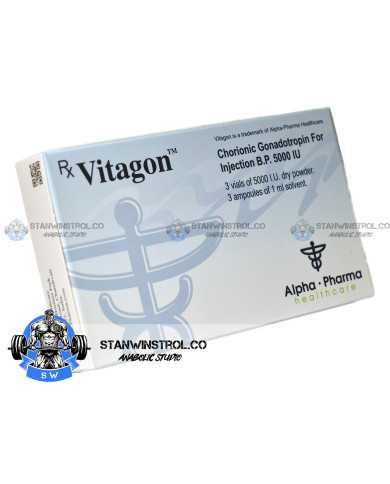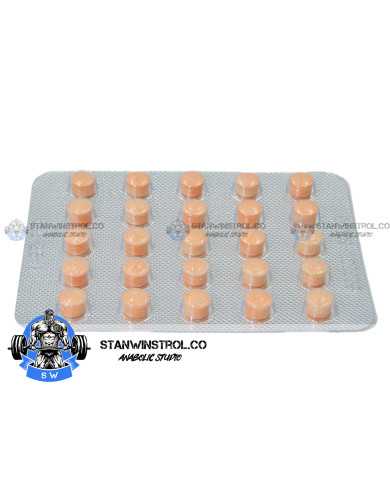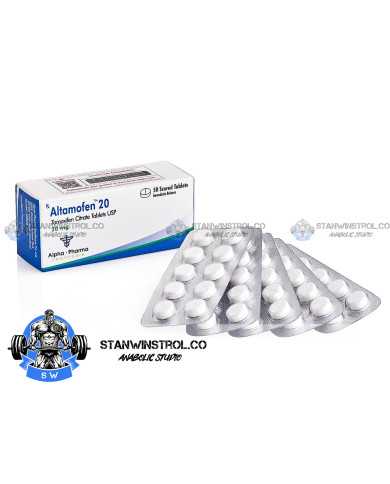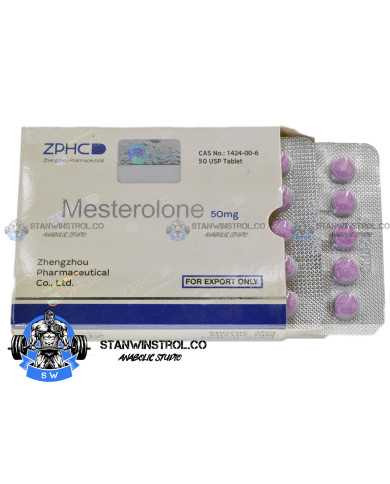OVERVIEW AND HISTORY OF HCG
Human Chorionic Gonadotropin (HCG) is what is known as a protein hormone (or a peptide hormone) that is naturally and endogenously produced by the female human body by the syncytiotrophoblast cells in the placenta. In females, HCG plays a very important role in stimulating the release of Progesterone, which is a hormone vitally essential for pregnancy. HCG that is bottled for human use is not synthesized in creation, but is instead obtained from humans. Specifically, it is found in very high concentrations in pregnant females as previously stated. HCG is in fact what is used as the number one primary indication of pregnancy in females, as it is only present in very, very high quantities in females during pregnancy.
HCG is what the home pregnancy tests detect in urine, and if present in significant quantities, the home pregnancy tests will turn blue. In women who are pregnant, HCG increases in the body rise very rapidly, and can be detected within 7 days of increased secretion in the body. At this time period, however, HCG levels are only beginning to rise, and blood plasma levels of HCG do not actually peak until approximately 2 – 3 months into pregnancy. Following this 2 – 3 month period, HCG levels then begin to decline. HCG itself could technically be considered synthetic LH (Luteinizing Hormone) and FSH (Follicle Stimulating Hormone), but the truth is that HCG is indeed a different hormone, but in men it will mimic the actions of LH and FSH identically. LH and FSH are gonadotropins manufactured and secreted by the pituitary gland, and these two hormones in men signal the Leydig cells in the testes to begin or increase the manufacture of Testosterone. The term ‘gonadotropin’ refers to any compound or hormone that stimulates the gonadal organs (testes in men, ovaries in females). In females, LH and FSH trigger ovulation (the manufacture of eggs in the ovaries).
HCG, because it is essentially a mimic of LH and FSH in terms of its physiological activity, is administered medically to females that suffer from infertility (perhaps because they do not endogenously manufacture sufficient levels of gonadotropins as it is or for other reasons). Within medicine, HCG is also administered to males for the treatment of hypogonadism (deficient androgen production). It is also used medically for the treatment of pubertal delay in adolescent males, as well as prepubertal cryptorchidism, which is a condition in which an individual’s testicles have improperly descended (either during or after puberty). Among the anabolic steroid using bodybuilders and athletes, HCG has been utilized for a long time for its ability to restore endogenous Testosterone production following the termination of an anabolic steroid cycle. This is a period in which hormonal restoration is imperative, and HCG is normally inserted into a multi-compound protocol of approximately 4 – 6 weeks after an anabolic steroid cycle has ended, and this is known as PCT (Post Cycle Therapy). HCG (Human Chorionic Gonadotropin) was discovered in 1920 when HCG extract from human placenta was utilized on rabbits and its effects were observed. It was then discovered in 1928 that HCG was actually a hormone vital for pregnancy and all of its involved roles. Shortly afterwards, different preparations were developed and tested, with the first HCG preparations extracted from the pituitary gland of various animals, and subsequently marketed by Organon on the prescription drug market in 1931 as Pregnon.
Eventually in 1932, this trade name was changed to Pregnyl, which is the trade name by which HCG is universally known as. Organon still manufactures, markets, and sells Pregnyl today, but it is not manufactured by way of pituitary extract. Eventually in the 1940s, advancing techniques allowed laboratories to extract HCG from the urine of pregnant females by way of filtration and purification, and eventually by the 1960s all pharmaceutical manufacturers of HCG had adopted this method of HCG manufacture. Today this is still the manner by which HCG is still manufactured, and although other methods have been developed, the extraction of HCG from the urine of pregnant females remains the most effective, efficient, and cost effective means of doing so. During the 1950s and 1960s, when HCG was initially beginning to see widespread use within medicine, it held a very broad range of medical indications that it was approved to treat. These included: treatment for excessive bleeding from the uterus, Froehlich syndrome, cryptorchidism, female infertility, depression, male infertility, and hypogonadism, and many more medical indications. Eventually, the large list of approved treatments were cut short when the FDA had been granted increasing control over the prescription drug market in the 1970s, and today HCG is only utilized for the treatment of hypogonadism and cryptorchidism in males, and infertility in females. Despite what rumors one may hear, HCG is ineffective for fat loss, and holds no capabilities in stimulating the thyroid gland to manufacture more thyroid hormone. This must be made especially clear due to the fact that for a long time, HCG was utilized wrongfully and mistakenly to treat obesity, with the origins of this practice coming from a wrongfully interpreted study in 1954. This study claimed that test subjects had lost significant amounts of body fat following the use of HCG while on a severely low caloric deficit (500 calories daily). Many interpreted the study wrongfully, and focused solely on the fact that HCG was utilized without any thought for the caloric deficit used in the subjects. More than 30 years later, the whole study and HCG-centered medical treatments for obesity were reviewed, and the approved use for the treatment of obesity was eliminated. Little did people know that the severe caloric restriction caused individuals to lose important lean tissue mass (muscle) as well as important organ tissue in order to preserve itself, and that this result of severe caloric deficits were worse on the body than obesity. Eventually the FDA in 1974 had even issued a statement on all pamphlets that were packaged with HCG that made it very clear that the use of HCG for fat loss is ineffective and should not be used as such. Today HCG is still widely utilized in medicine, and is widely available on all markets internationally under various major brand names (Pregnyl by Organon, Profasi by Serono and Vitagon by Alpha Pharma, as well as many others) including an abundance of generic HCG as well. HCG is a non-controlled substance in almost all countries in the world, including in the United States (although it is still only obtainable by prescription there, it is not a controlled substance). Because of its immense popularity, overabundance on the market, and ease of manufacture, counterfeits and fakes are not an issue.
CHEMICAL CHARACTERISTICS OF HCG
Human Chorionic Gonadotropin (HCG) is a protein (or peptide) hormone, but it is more specifically referred to as an oligosaccharide glycoprotein (a protein molecule that contains one or more carbohydrates/sugar molecules affixed to it as well). Its protein structure consists of an amino acid chain of 244 amino acids, with a sub-unit of 92 amino acids on it that is 100% identical to LH and FSH. It is this subsection of the HCG molecule that enables it to mimic the action of LH and FSH 100% identically on the same receptors in the cells that LH and FSH activate.
PROPERTIES OF HCG HCG’s primary purpose is that of either the treatment of female infertility, or for the use of stimulating and/or increasing endogenous Testosterone production in men. HCG is generally very well tolerated by the majority of men who utilize it for hormonal recovery following the cessation of an anabolic steroid cycle. There are only but two HCG side effects worth noting that every individual must be aware of prior to engaging in use, especially since there have existed a plethora of misconceptions in regards to HCG ever since its introduction into the world of anabolic steroid use. HCG SIDE EFFECTS Estrogenic Side Effects It has been previously covered in this profile that HCG will increase testicular aromatase activity, which can result in the manifestation of Estrogenic side effects as a result of increased Estrogen generated by aromatization (conversion) of androgens into Estrogen. It has therefore been recommended that individuals utilize an aromatase inhibitor (AI) during HCG use, and as previously outlined, the most suitable AI for this purpose is Aromasin (Exemestane). Other AIs can be utilized as well, but the common PCT protocol of HCG, Nolvadex, and an aromatase inhibitor will present problems if the other two commonly known AIs are used (Letrozole and Arimidex). This has been covered extensively in the HCG doses portion of this profile. If an AI is not utilized to lower circulating levels of aromatase, and subsequently Estrogen, then not only will Estrogenic side effects result, but an impairment of endogenous HPTA function will result. This will be counterproductive to the original goal of restoration of hormonal function. Estrogenic side effects include the following: water retention and bloating, blood pressure elevations (as a result of the water retention), increased possible fat retention/gain, and gynecomastia. Androgenic Side Effects Androgenic side effects are indeed a part of HCG side effects due to the fact that HCG will increase circulating blood plasma levels of androgens, notably Testosterone, and subsequently Dihydrotestosterone. This is a naturally expected and desired effect of HCG use. Androgenic side effects include: increased sebum secretion (oily skin), increased bouts of acne (linked to increased sebum secretion), bodily and facial hair growth, benign prostatic hypertrophy (BPH), and the increased risk of triggering Male Pattern Baldness (MPB) in individuals that possess the genetic trait required for the condition to manifest itself.
Reviews
No customer reviews for the moment.


